

Many people who have taken on extensive renovation projects will joke about how much easier it would have been easier to knock down and rebuild. While there is often truth to this, it can be complicated weighing up the financial and practical implications of renovating over rebuilding.
If you have taken on a home renovation project that requires a lot of work, this article will help you decide on the best course of action – renovate, or replace?
Find out how to knock down a house and rebuild it, and discover exactly what is involved in renovating a house?
When is it best to renovate?
When you’ve found a run-down property (via a website such as Plotfinder), it’s important to weigh up whether renovating or rebuilding is the right option. The most common reasons for renovating are:
The building has architectural charm, merit or significance
It is impossible to truly reproduce the authenticity of genuinely old buildings and it’s often important to try to keep the building’s fabric, both for exterior character and interior features. Of course, if the home is listed it is protected by law so any works will need prior approval.
Cost advantages
Even if a building is going to be changed radically, keeping the most basic fabric in place can work our cheaper than a complete rebuild with new footings and external walls etc.
Planning approval
It can be a lot easier to get planning permission for alterations to an existing building (often possible under permitted development) than to get permission for a new house. This is not always the case, but will usually be the path of least resistance.
Environmental impact
From a “green” perspective, retaining and reusing things that already exist is generally seen as requiring less energy than demolishing and building from scratch.
Building regulations
While all new work will have to comply with building regulations, with an existing dwelling, there’s no need to upgrade existing non-compliant features of the building as long as the proposed works will not make their non-compliance worse.
What are the most common reasons to knock down your home and rebuild?
On the other hand, there are many instances where renovation means that the compromises you have to make are not only financially costly, but also deplete the worth of the home from a design point of view. Here are popular reasons to rebuild instead:
VAT reclaim
Modifications to an existing building are generally subject to full VAT, while new-build projects are zero rated for VAT, so it often makes financial sense to start again.
Thermal performance
From a “green” perspective, while the process of knocking down and rebuilding might require more energy than retaining and reusing, if the existing building fabric cannot be upgraded effectively, the long-term energy losses of retaining it can outweigh the short-term energy use in a rebuild.
Orientation and plot position
You might feel the home doesn't make full advantage of the plot. Perhaps the current design means living spaces are dark and bedrooms positioned too close to a road. While the exact positioning of a rebuild will still be restricted by planning, you will have far more flexibility to create a layout that works.
Everything is new
Many people will feel much more comfortable with something newly built, knowing that it is entirely sturdy, where the services run and so forth. In addition, anomalies such as over-steep staircases and narrow doorways can be avoided and you won't have to find ways to work around parts of the building that can't be changed such as a load bearing wall that can't be moved, or an impractical drainage system.
How much does it cost to demolish and rebuild?
‘The cost of demolishing whole structures is generally based on their volume – a rough guide price might be around £30 to £40 per cubic metre,’ says chartered surveyor Ian Rock, author of the Haynes Self-Build Manual and director of survey price comparison site, Rightsurvey.co.uk. ‘But costs will be skewed by factors such as ease of access, façade retention or work involving asbestos.
‘Money spent on knocking things down can sometimes be reduced by salvaging any valuable architectural materials, such as fire surrounds and slates. You may also be able to recycle rubble as hardcore for new driveways etc. Ready-connected sewers, drains and services can save a small fortune, along with existing driveways, gardens and fencing. You may also be able to utilise the old house as temporary accommodation.’
With the new house, it can make use of some parts of the previous dwelling and still qualify for zero-rate VAT, explains Michael Holmes. These are: a cellar or basement – although it must be demolished to the top of basement/cellar walls; party walls shared with neighbouring properties; and a retained façade required by listing or Conservation Area status. Detached garages or outbuildings can also be retained.
- No-demo living room reno – how this dated space became farmhouse gorgeous
What’s the process when building a new home?
If demolition followed by construction of a new house is on the agenda, don’t tackle the project in two halves. ‘Combine your applications for demolition and replacement in one, both for planning and building regulations,’ says Ian Rock.
‘Once the old building’s gone, there’s technically no obligation on the planners to grant consent since there’s now nothing to replace. Although in most cases you would get permission, you can’t be certain.
‘Councils normally limit the size of replacement dwellings to a percentage increase over the original building. When it comes to negotiating an uplift in size, it may sometimes be possible to exceed the council’s size policy on the grounds that the existing property could have been bigger had the owner chosen to extend it by utilising permitted development rights.’
If you live in a rural area, the local planning authority is likely to request that an ecological consultant undertake a wildlife survey as part of the pre-application process for the replacement dwelling, explains experienced home renovator Michael Holmes. ‘If evidence of endangered species is detected (typically bats, barn owls, badgers and great crested newts), a further report will be required from a specialist before work can proceed.’
Read more about building your own home:
- Find out what self build is and what the benefits are
- Head to Homebuilding & Renovating, a site dedicated to building your dream home
Join our newsletter
Get small space home decor ideas, celeb inspiration, DIY tips and more, straight to your inbox!

Sarah is a freelance journalist and editor writing for websites, national newspapers, and magazines. She’s spent most of her journalistic career specialising in homes – long enough to see fridges become smart, decorating fashions embrace both minimalism and maximalism, and interiors that blur the indoor/outdoor link become a must-have. She loves testing the latest home appliances, revealing the trends in furnishings and fittings for every room, and investigating the benefits, costs and practicalities of home improvement. It's no big surprise that she likes to put what she writes about into practice, and is a serial house revamper. For Realhomes.com, Sarah reviews coffee machines and vacuum cleaners, taking them through their paces at home to give us an honest, real life review and comparison of every model.
-
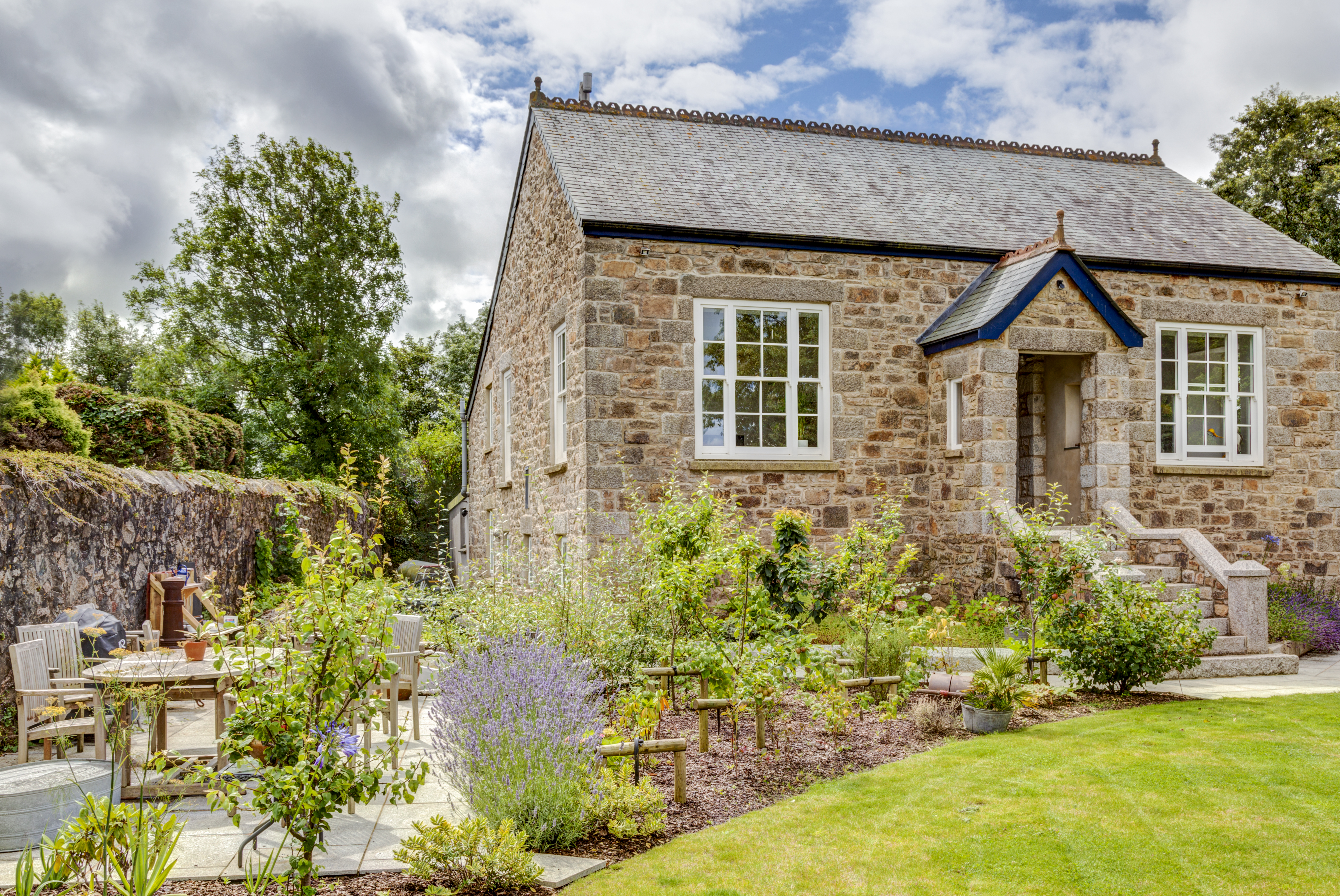 Project managing an extension or renovation yourself – what's involved
Project managing an extension or renovation yourself – what's involvedIf you're project managing an extension or renovation yourself – we can help. There's more responsibility involved, but with our expert advice, you'll come out on top and save money in the process
By Lucy Searle Published
-
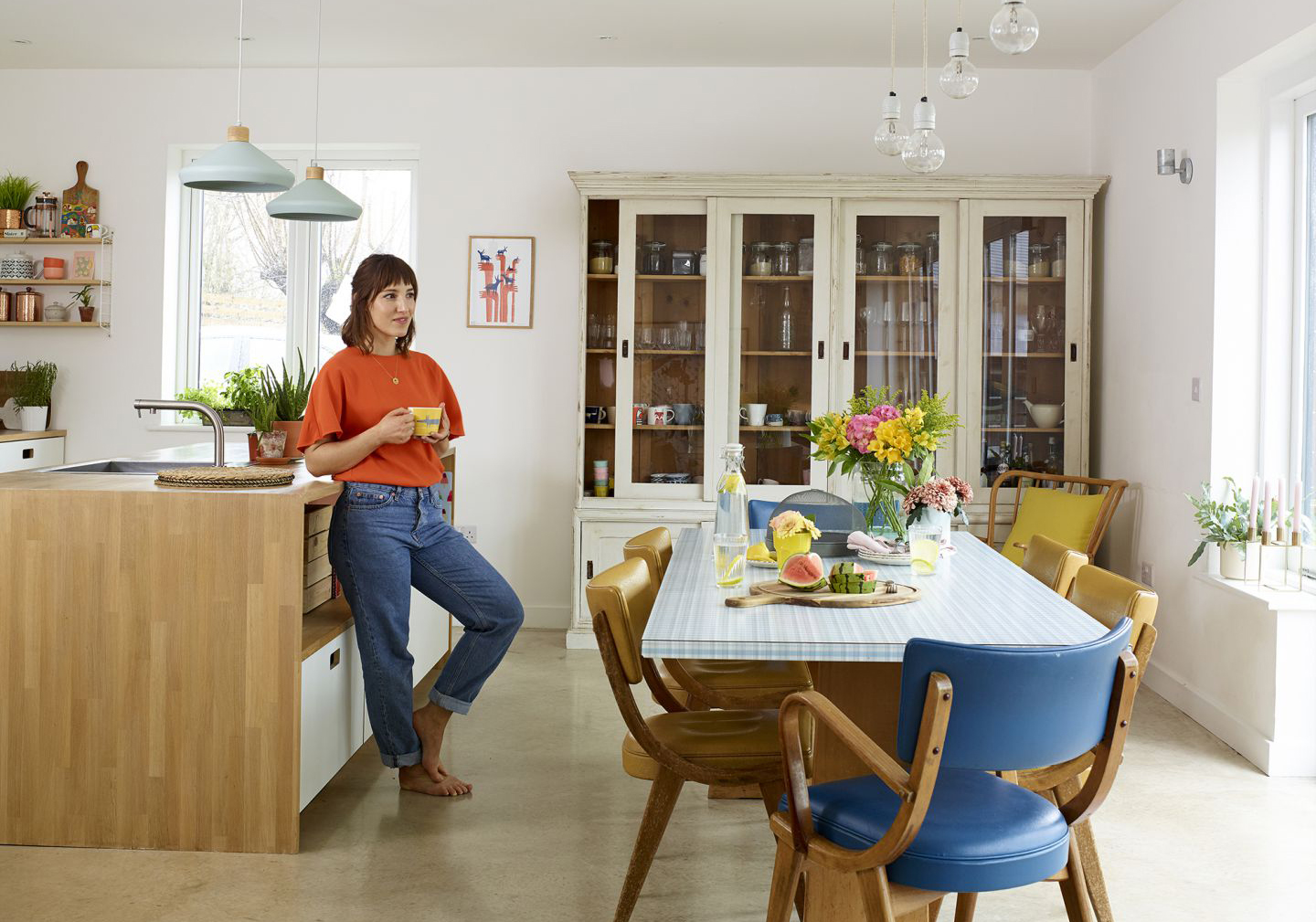 How to self build: your dream home, your way
How to self build: your dream home, your wayDo you dream of a custom home, built exactly to your needs Experienced self builder Michael Holmes explains what's involved
By Michael Holmes Published
-
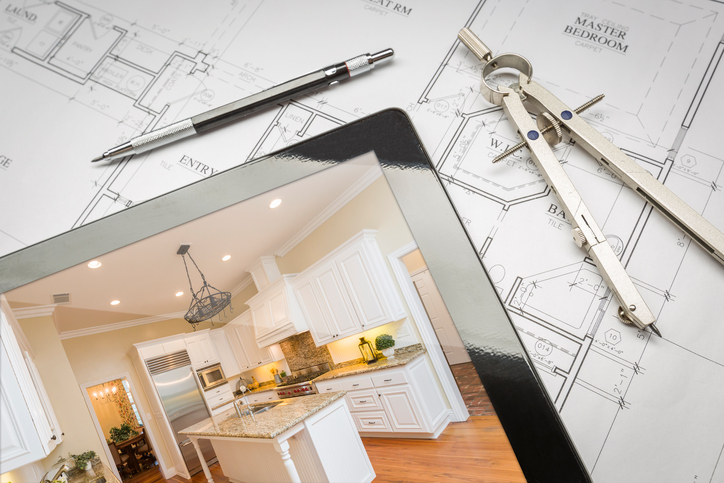 Finding a builder you can trust? Simply comparing quotes and asking for references won't cut it
Finding a builder you can trust? Simply comparing quotes and asking for references won't cut itWith reliable builders a scarce commodity, it's important to do due diligence before committing
By Anna Cottrell Published
-
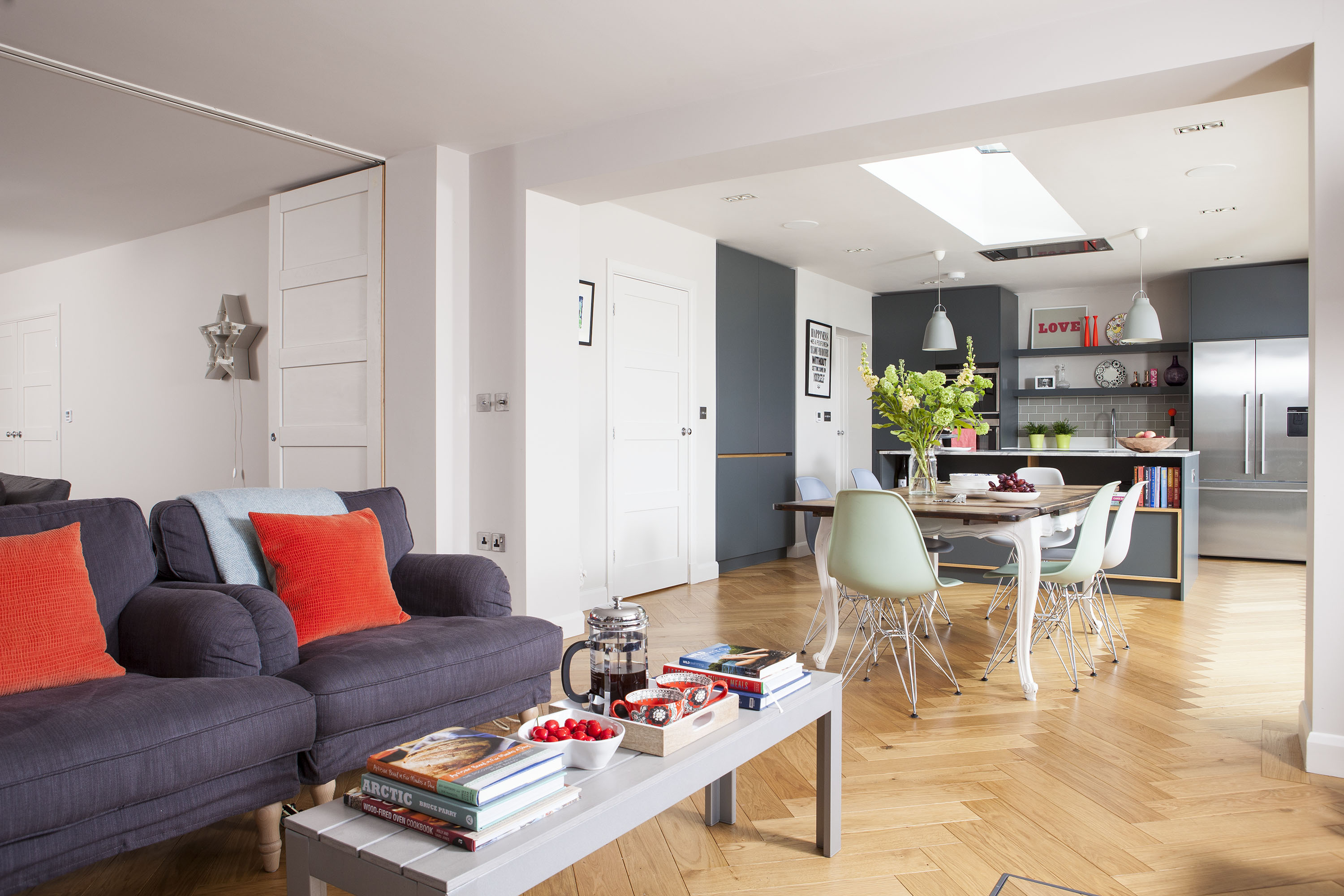 Real home: an open-plan new build packed with personality
Real home: an open-plan new build packed with personalityAmanda and Richard Monaghan went way over budget to create their dream home – find out why it was worth it
By Heather Dixon Published
-
 Christmas house: a contemporary self-build house
Christmas house: a contemporary self-build housePhilomena and Mike Price updated their self build property to make the most of its stunning setting
By Penny Crawford-Collins Published
-
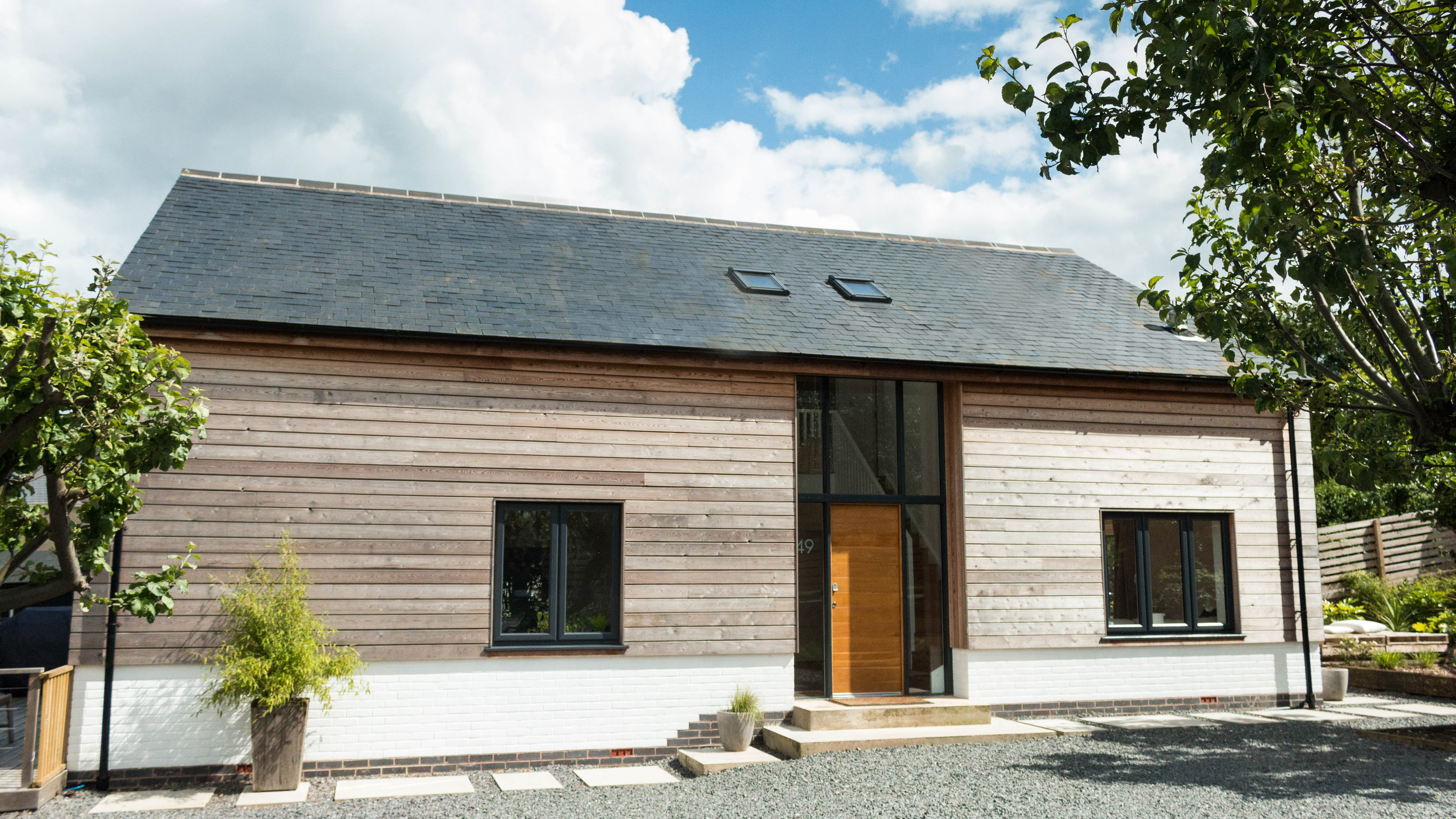 How to knock down a house and rebuild
How to knock down a house and rebuildSometimes demolition and a rebuild can be the better option when faced with a major renovation. Architect Melanie Clear guides you through the process
By Melanie Clear Last updated